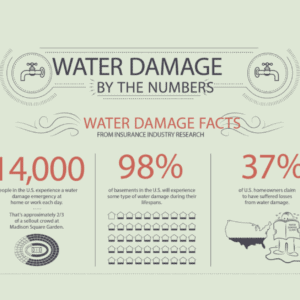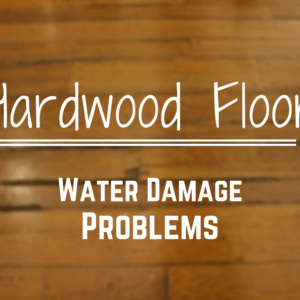Updated 1 Sept 2021
A quick word of advice: as long as carpet is wet, water damage will continue to worsen. In the event of a flood or pipe to dry out wet carpet. As you know, a wet carpet breeds mold and mildew. This is especially true when the weather is humid and the water remains longer than 48 hours. While we always recommend you call an experienced and professional water damage company in the event that any flooding occurs in your home, but here are a few steps you can take to dry wet carpet by yourself.
DIY water cleanup tools:
- Wet-dry vacuum
- Dehumidifier
- Fans
- Industrial air blowers
Step 1: Access water damage area
Homeowners can dry mildly wet carpets with not problems, while other, more serious floods may need handling by a professional. First, figure out what kind of water has flooded your home. If you think the job is bigger than you can handle, you should call a professional like Certified Restoration immediately. Professional level drying of wet carpet may save you thousands of dollars in damage.
Step 2: Remove wet items
If you have a small area rug or carpet that is wet, the best thing to do is remove it and take it outside to air dry. If you are dealing with wall-to-wall carpet, you may need to dry wet carpet in its place. Remove all furniture and any other items before you dry wet carpet.
Step 3: Use a wet-dry vacuum
Remove all excess water using the wet-dry vacuum. Go over the damp carpeting a few times in slow, straight lines. Be sure to empty the vacuum’s canister as it gets full of water.
Step 4: Turn on air blowers & open all windows
If it feels like there is still water under the carpet, pick up the corner to get a better look. If the pad is still a little damp, try drying it in place with industrial air blower. Open all the windows throughout the house to provide a cross breeze. If it is humid outside, keep the windows closed and turn on the AC. Humidity causes mold to grow on wet carpet quickly.
Need an expert to help dry your wet carpet?
Certified Restoration Inc. has the equipment to dry your home! Call Us 24/7 619-234-2500
Step 5: Run A Dehumidifier
Keep fans on, windows open, and run a dehumidifier all throughout the night to dry wet carpet. Check the area affected the next morning for any signs of wetness. Press paper towels against the carpeting and pad underneath to see if any dampness remains.
Reinstall the dry carpet and pad after the sub-floor is completely dry. Remember to pay attention to walls and subfloors. If you overlook these, the sub-floor can develop secondary problems like buckling or mold growth, causing more money in damage.
When in doubt, give Certified Restoration a call. We have the experience to ensure your carpet, sub-floor, and walls are all dried properly, and the health of your family is protected. A wet carpet that is not taken care of properly can result in severe damage and health issues associated with black mold and mildew.

